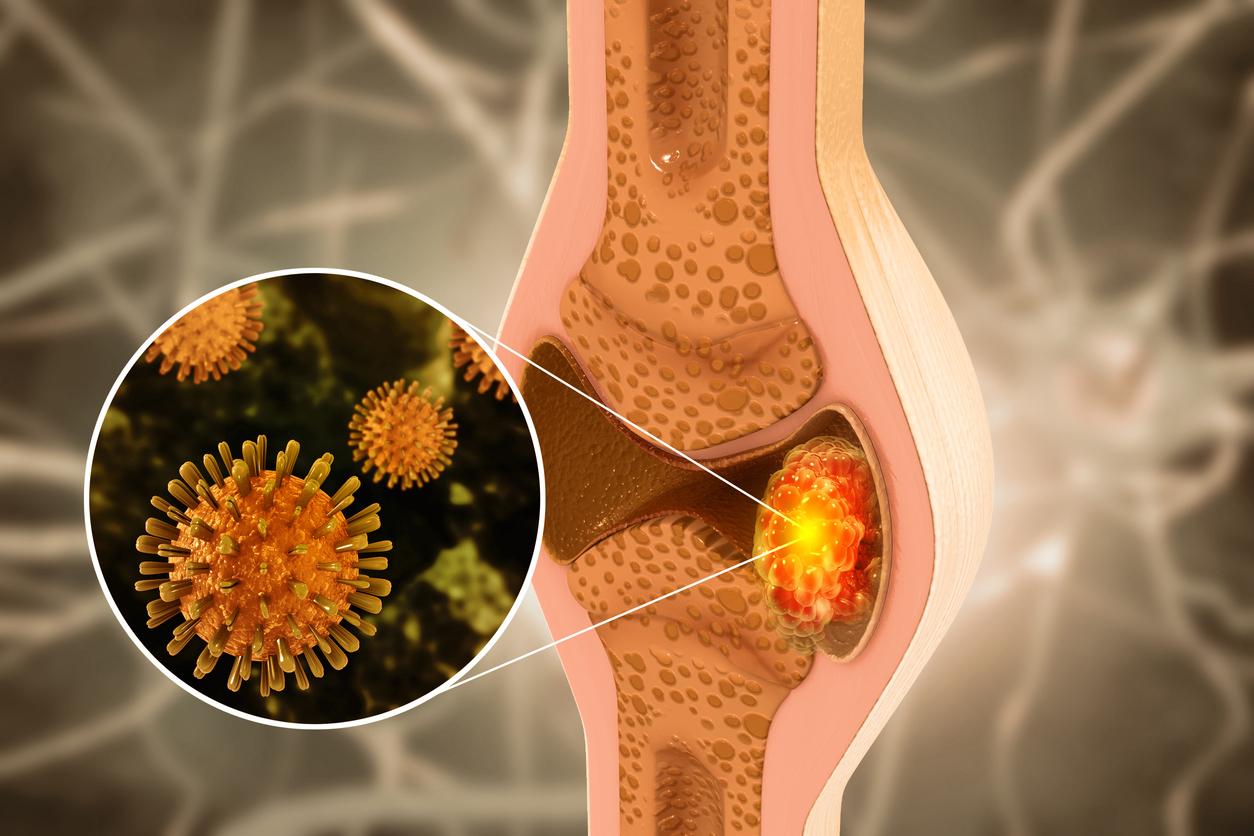Treatment involves injecting vesicles carrying anti-cancer drugs into a pelvic lymph node.
-1572515564.jpg)
Breast cancer takes its toll, and it’s never too early to get screened. It is the most common cancer in women and causes the highest number of cancer-related deaths worldwide. In France, according to the count of the League against cancer1 in 9 women will be affected by breast cancer, and 54,000 new cases are diagnosed each year.
Recently, researchers from Tohoku University in Japan tested a unique treatment using sound waves on mice with metastatic breast cancer. The results of their experiment were published in the english magazine Scientific Reports.
Ultrasound to track metastases
At an advanced stage, cancer cells can break away from the original tumor and travel through the lymphatic system to establish lymph node metastases. They can move to other parts of the body, making it difficult to establish a correct prognosis. However, this prognosis may be improved if there is a safe and effective way to treat lymph node metastases.
The study explains that drugs can be safely delivered to cancerous lymph nodes through the lymphatic system and then released inside the nodes by sound waves. “We believe our technique has the potential to be developed into a novel treatment for lymph nodes invaded by metastatic tumor cells,” says Tetsuya Kodama, the Tohoku University biomedical engineer who led the study.
Growth under surveillance
Treatment involves injecting vesicles carrying anti-cancer drugs into a pelvic lymph node. The researchers used an ultrasound imaging technique to track the movement of ‘acoustic liposomes’, vesicles containing gas bubbles, through the mice’s lymphatic system, without medication.
Liposomes injected into a pelvic lymph node traveled to a lymph node in the armpit and were deposited. After this confirmation, the researchers injected breast cancer cells into the pelvic lymph nodes of another group of mice. Cancer cells quickly reached and invaded the lymph node in the armpit. Acoustic liposomes carrying the cancer drug doxorubicin were then injected into the pelvic lymph node. High-intensity sound waves were applied to the armpits on the same days and on the third day following the injection to disrupt the liposomes and release the drug.
Later, the team demonstrated that the treatment was effective in killing cancerous tissue using a bioluminescence technique that monitors cancer growth. However, the study emphasizes that there is still a long way to go and further studies will be needed to determine the optimal injection rate and treatment volume to prevent lymphatic complications.
Breast cancer detection can be quick if done right. Although 75% of breast cancers occur after the age of 50, women are recommended to have their breasts palpated every year by a health professional from the age of 25. According to National Cancer Institute reportif detected at an early stage, the 5-year survival rate for breast cancer patients is 99%.
.

















